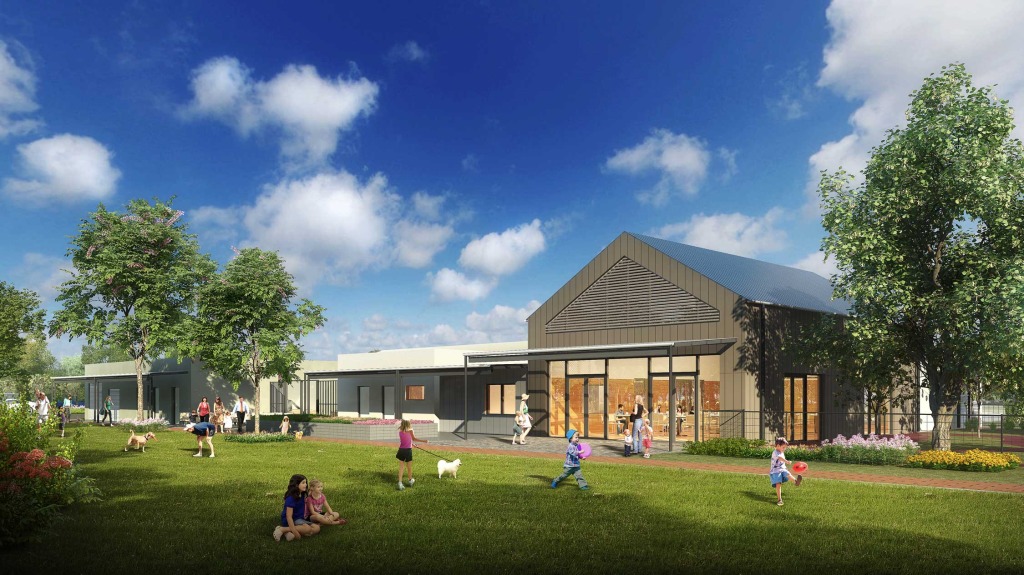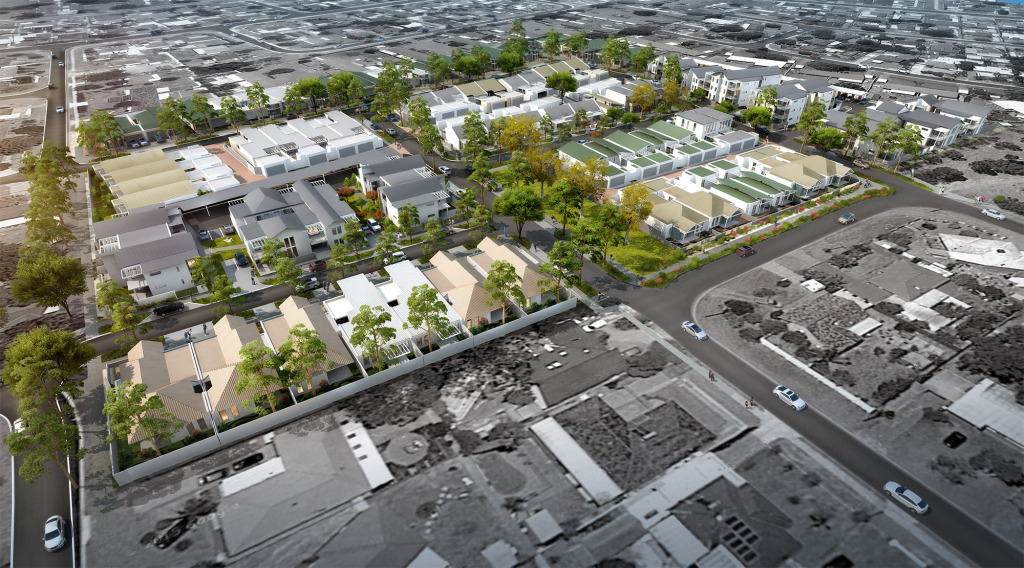Architectural animation and 3D Simulation of a product
Product lifecycle, irrespective of size, shape, and complexity across organizations are typically homogeneous, kicking-off from the planning stage, design, development, testing and final launch in the market.
3D animation product behavior
During planning, the product requirements are collected, clearly detailing what behavior and features are required for the product. Scoping is completed. The product moves to the next stage, where prototyping or designing commences according to the specifications. The product behavior is tested to check how it would perform in the real world.
If there are any deviations from the requirements agreed upon earlier, then corrective measures are taken. This may sound simple and straightforward, but in reality the prototyping is extremely time consuming and an expensive affair since you will not know until you see the model perform in the real world conditions, the possible snags you may have to deal with.
Imagine after working on months on a product, you discover a particular feature may not work and this has an impact other inter-related features on which this behavior is dependent on. Again another round of testing ensues for quality management. The circle continues until it is signed-off. This was the traditional way to go.
Read also: Useful tips from experienced architectural visualization practitioners
Today, the technological advancement is mind-blogging. It has made a huge difference in terms of time and cost, and of course to competition where time is money. In the field of product design, the simulation software is used in the testing phase and prototyping.
Simulation software are based on mathematical calculations, where a product or subject is modeled and allows the team or 3D designers to observe the model’s behavior without having to physically see it perform. In other words, we can say that simulation mimics the actual behavior of the product. So you can easily compare its behavior to the specifications and catch changes well ahead, saving time and cost to a great extent, but also adds to training experience and new learnings.
Some of the simulation software includes finite element analysis (FEA) or computational fluid dynamics (CFD). But this does not mean the physical model is immediately developed and the production goes into full swing. A physical model is then tested against the recorded behavior observed during the simulation phase. So at every stage, the design is tested to ensure it stays close to what was agreed on.
The results maybe quite surprising because what you envisioned and what you see as the outcome can be very different. 3D Product design is complex weaving through the myriad complexities, calculations, and analysis. The iterative process goes on until the team arrives at an optimum solution.
Conclusion
Putting the product through simulation right from the design to prototyping and testing is a great method to address all these challenges. Vetting the design earlier on during design is critical rather than during prototyping because you can make the alterations during the design phase and possibly have an end product that is closer to the actual product.
This requires a paradigm shift in the company’s culture, getting technologically comfortable and appreciating the advantages.


